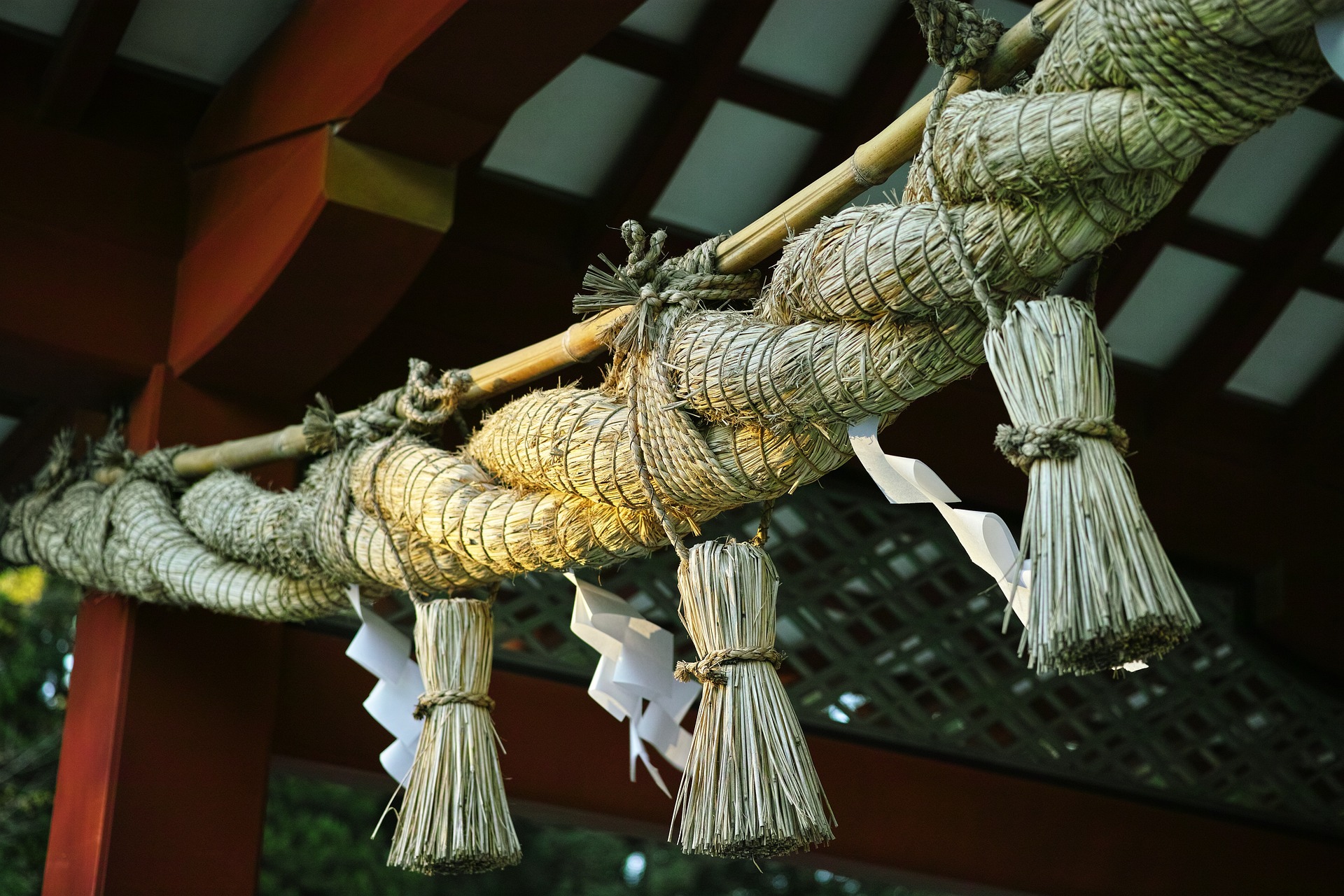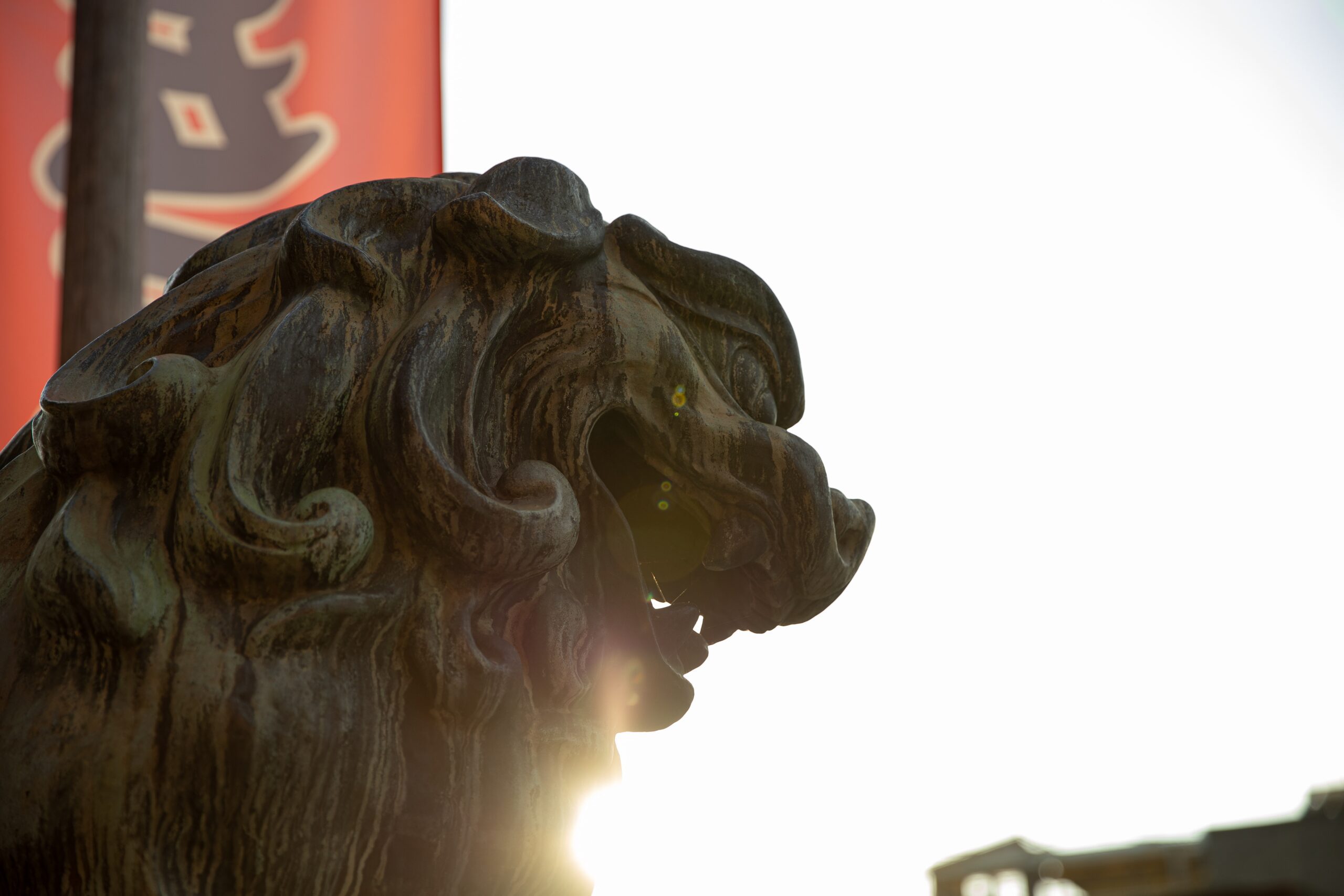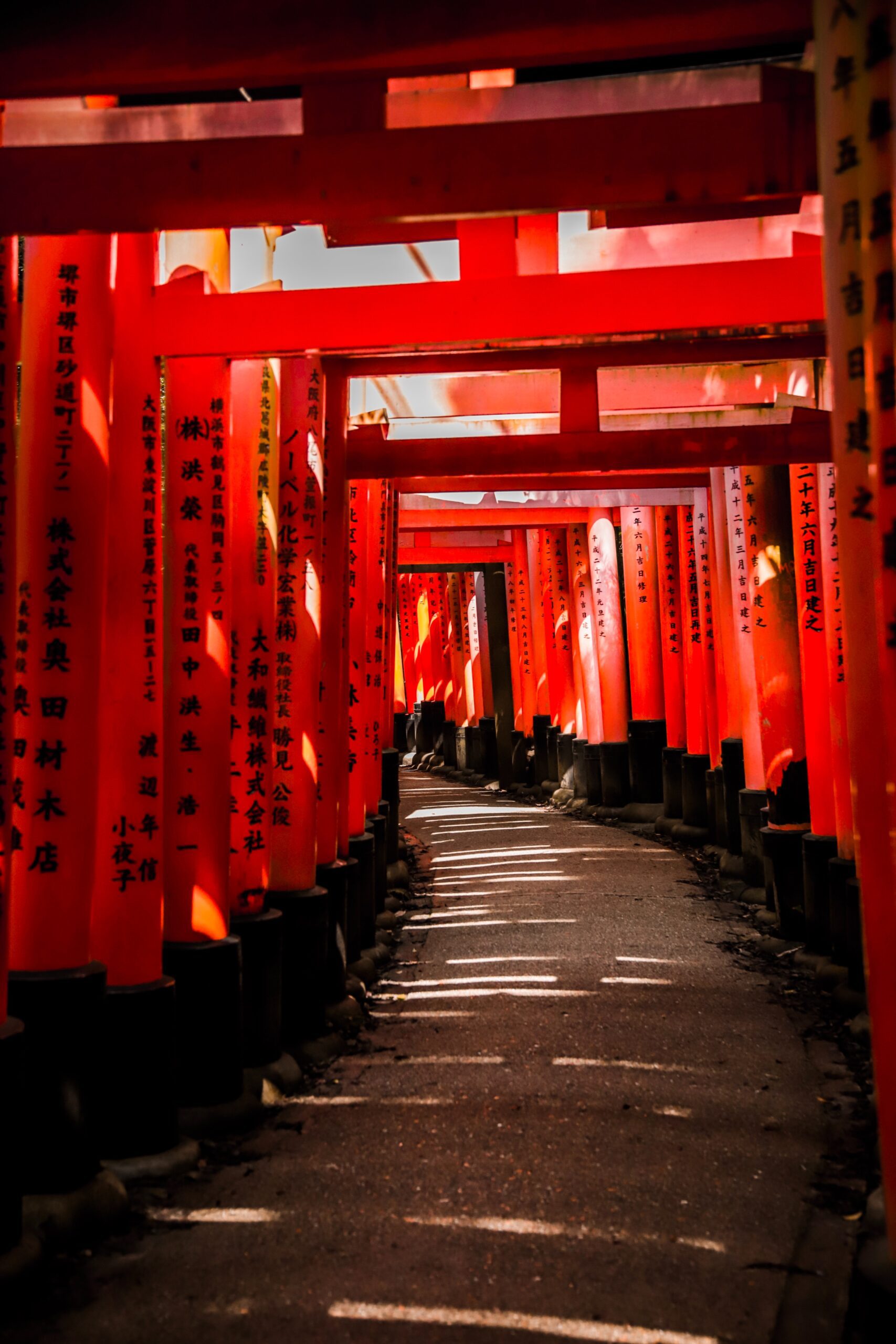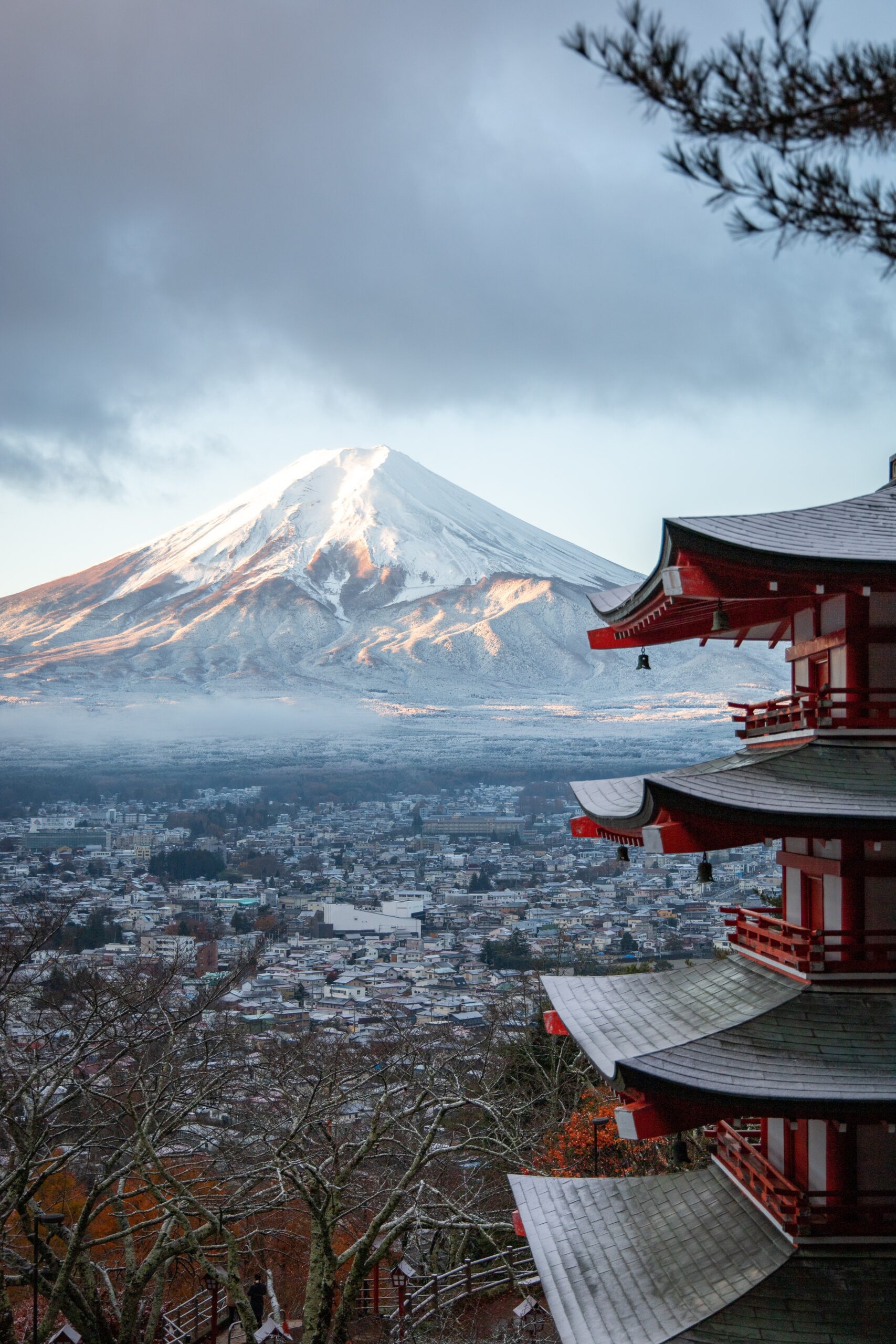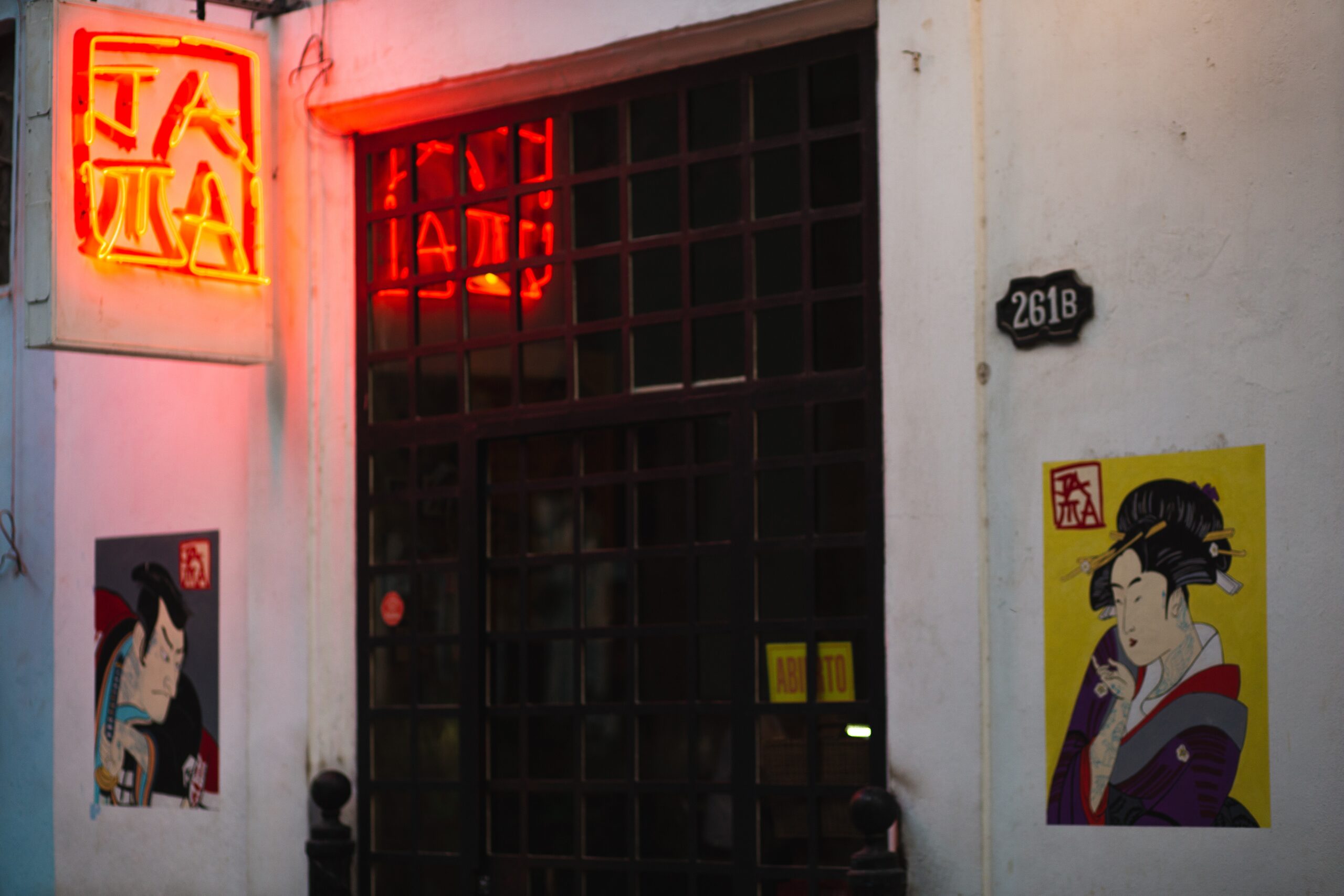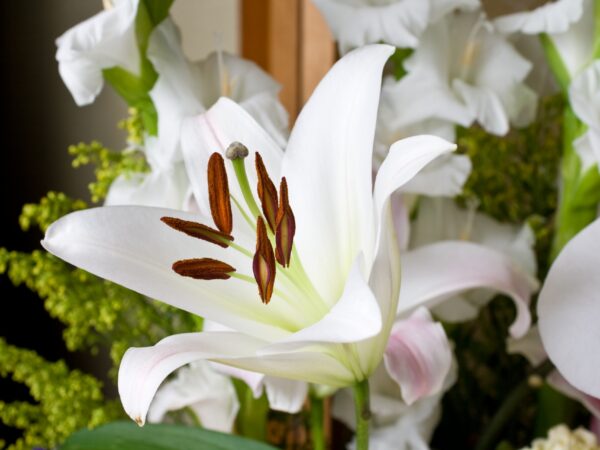Shide – The Traditional Japanese Paper Streamers
Shide (紙垂) refers to traditional Japanese paper streamers that are used in various ceremonial and religious events, often attached the sacred ropes used to cordon off holy spaces, such as shrines, temples, and sacred trees.


